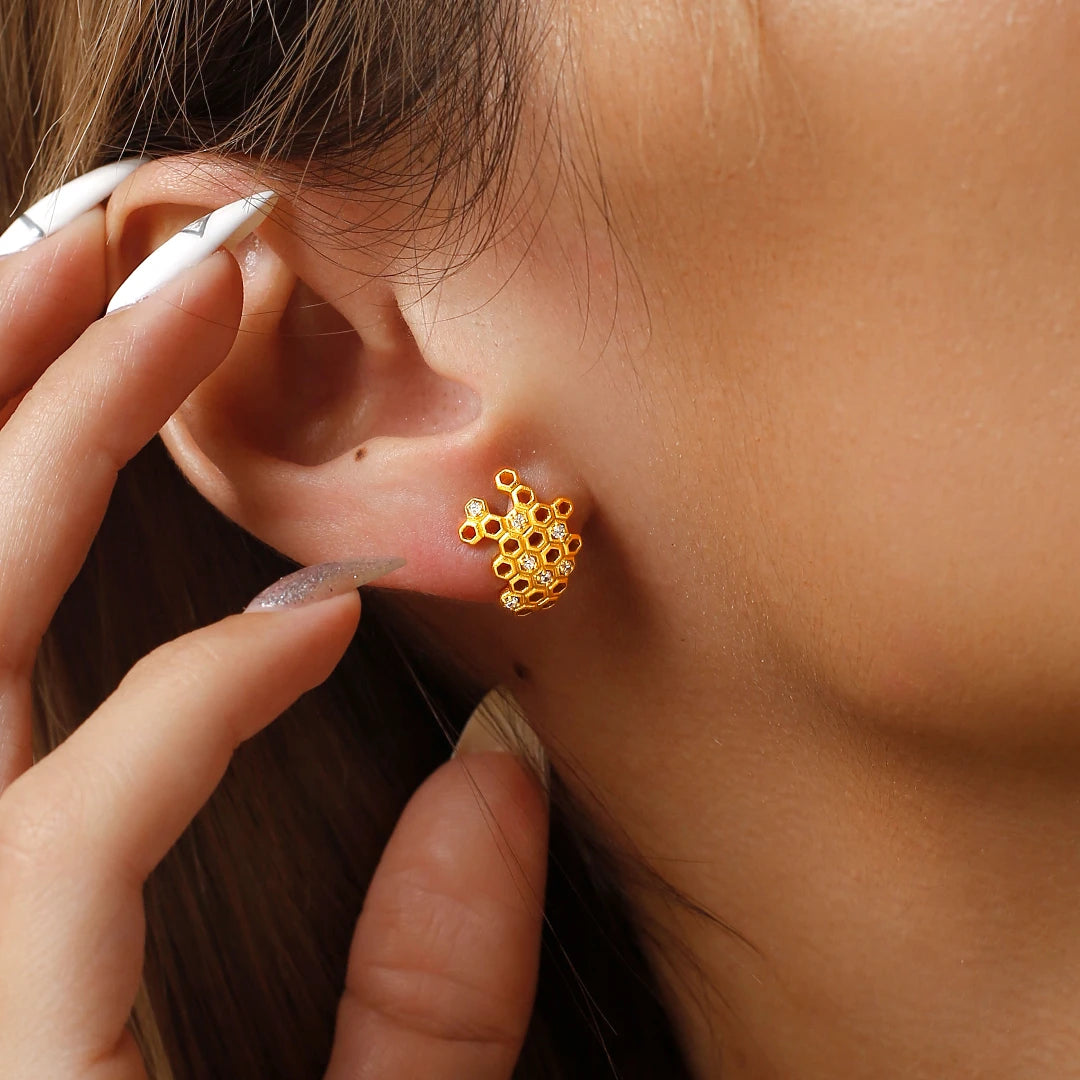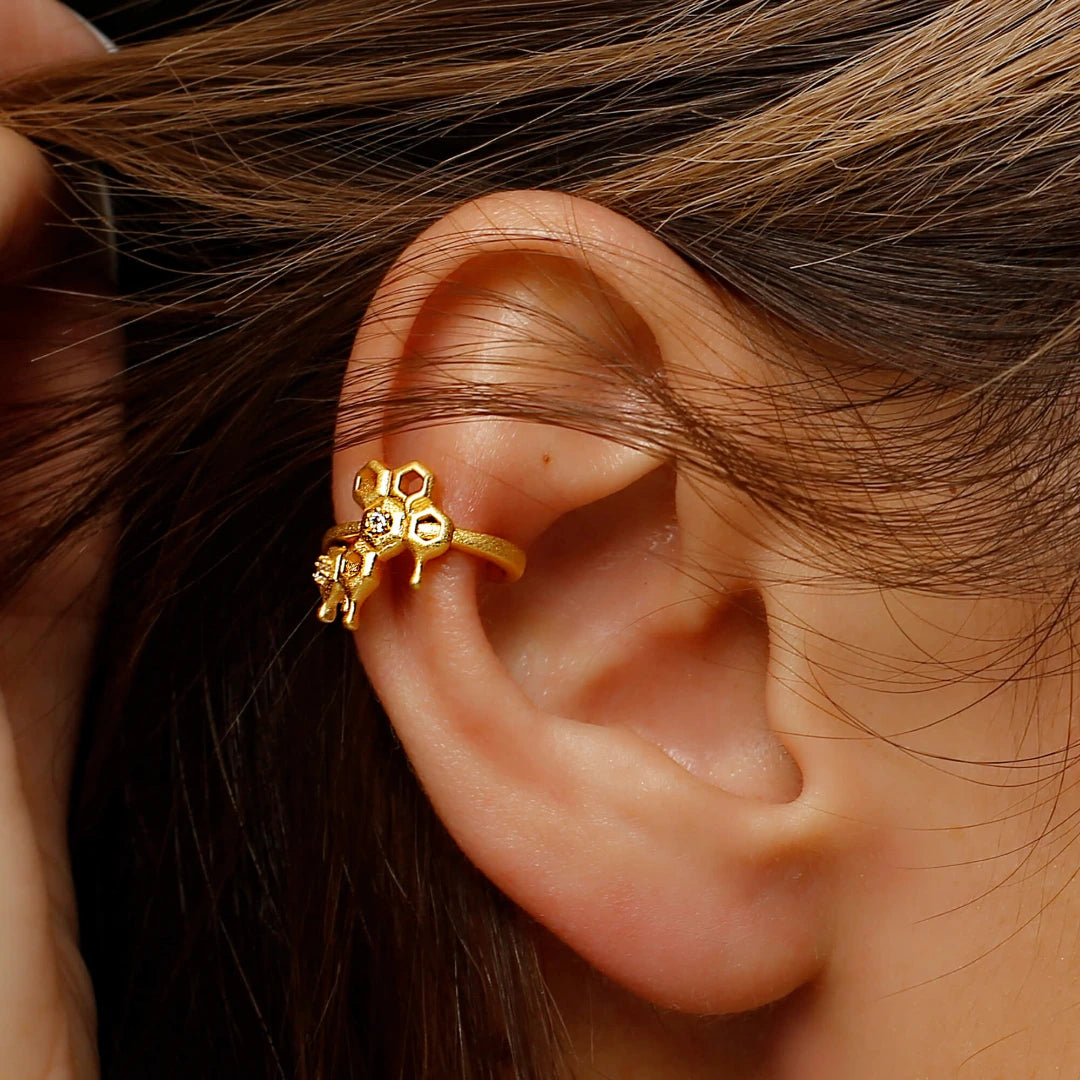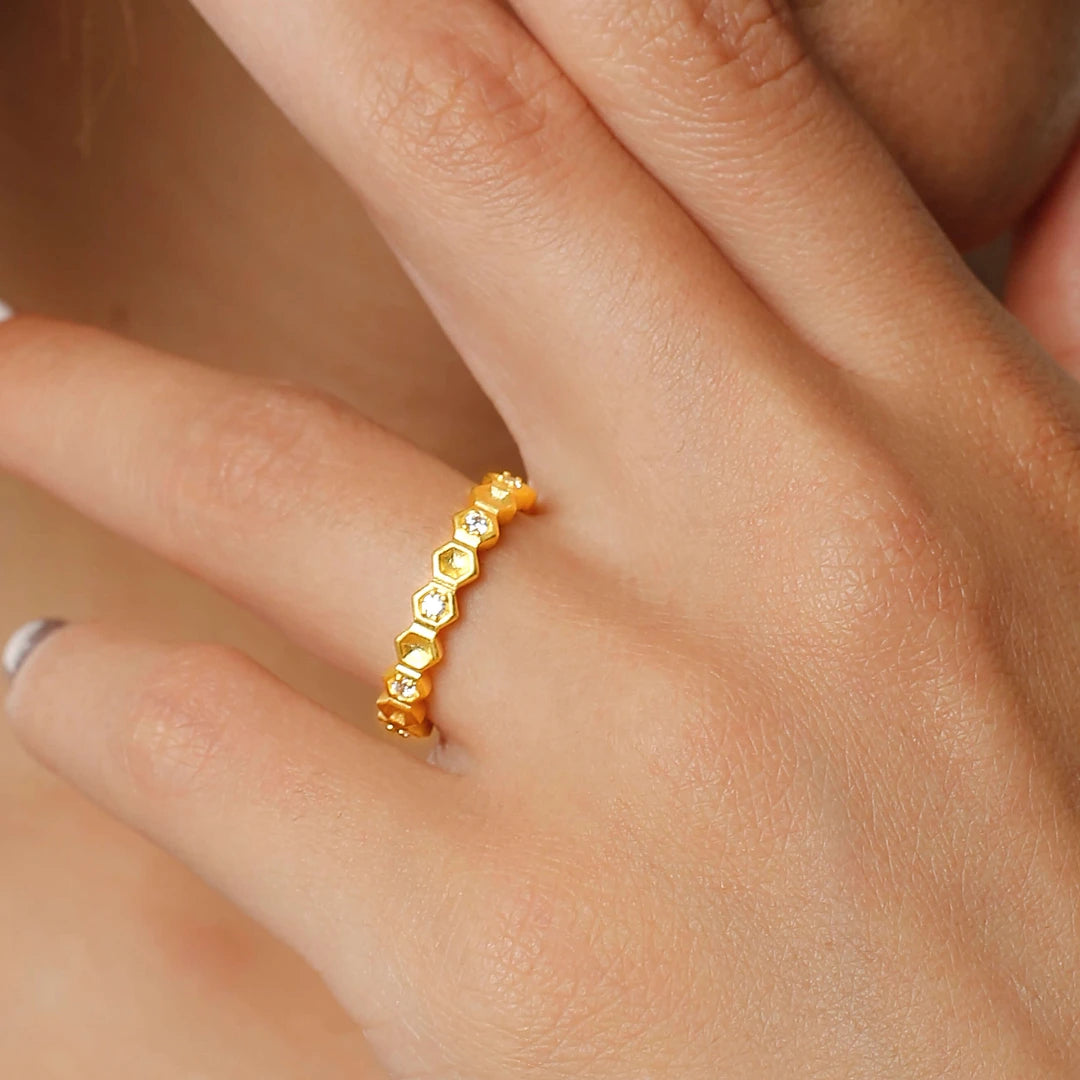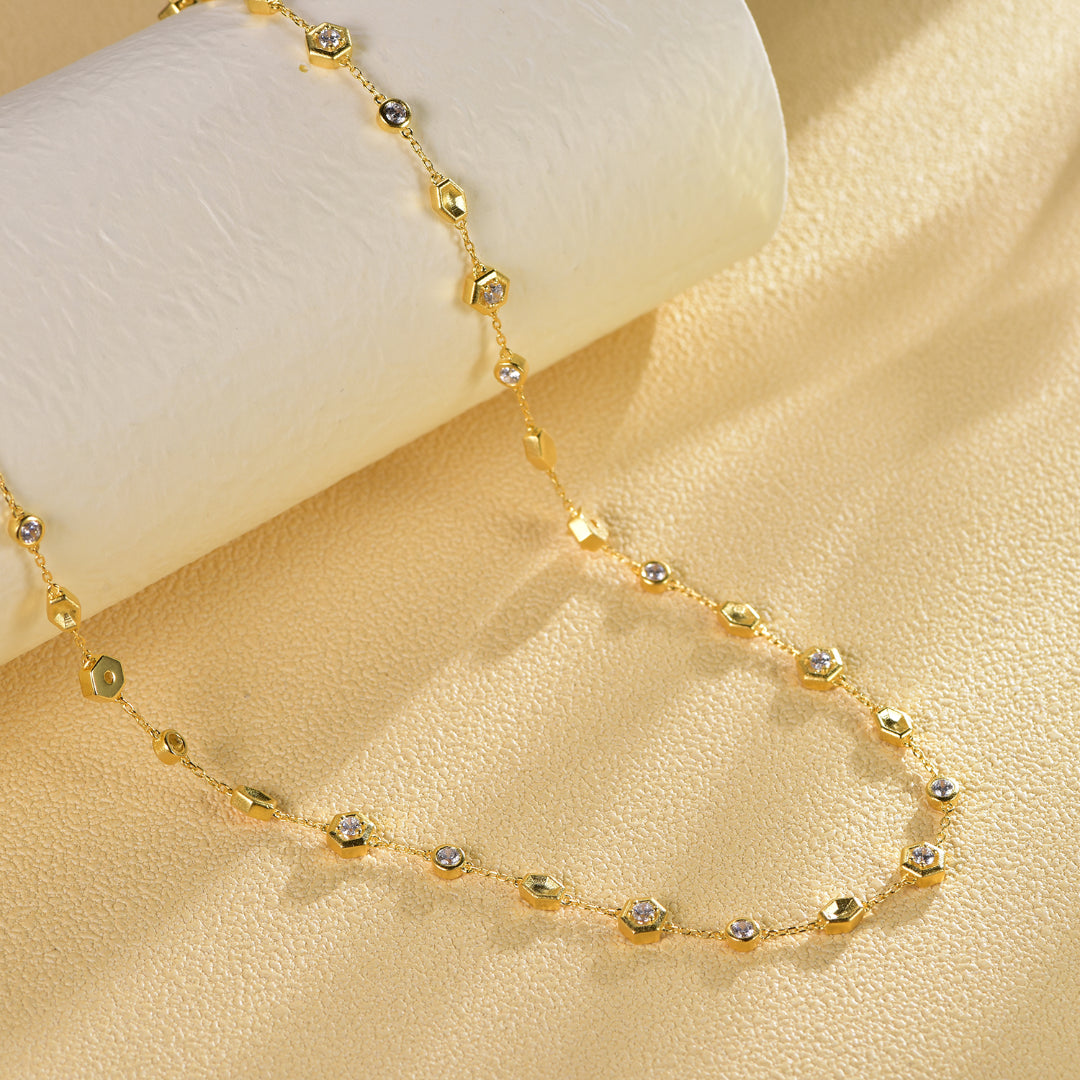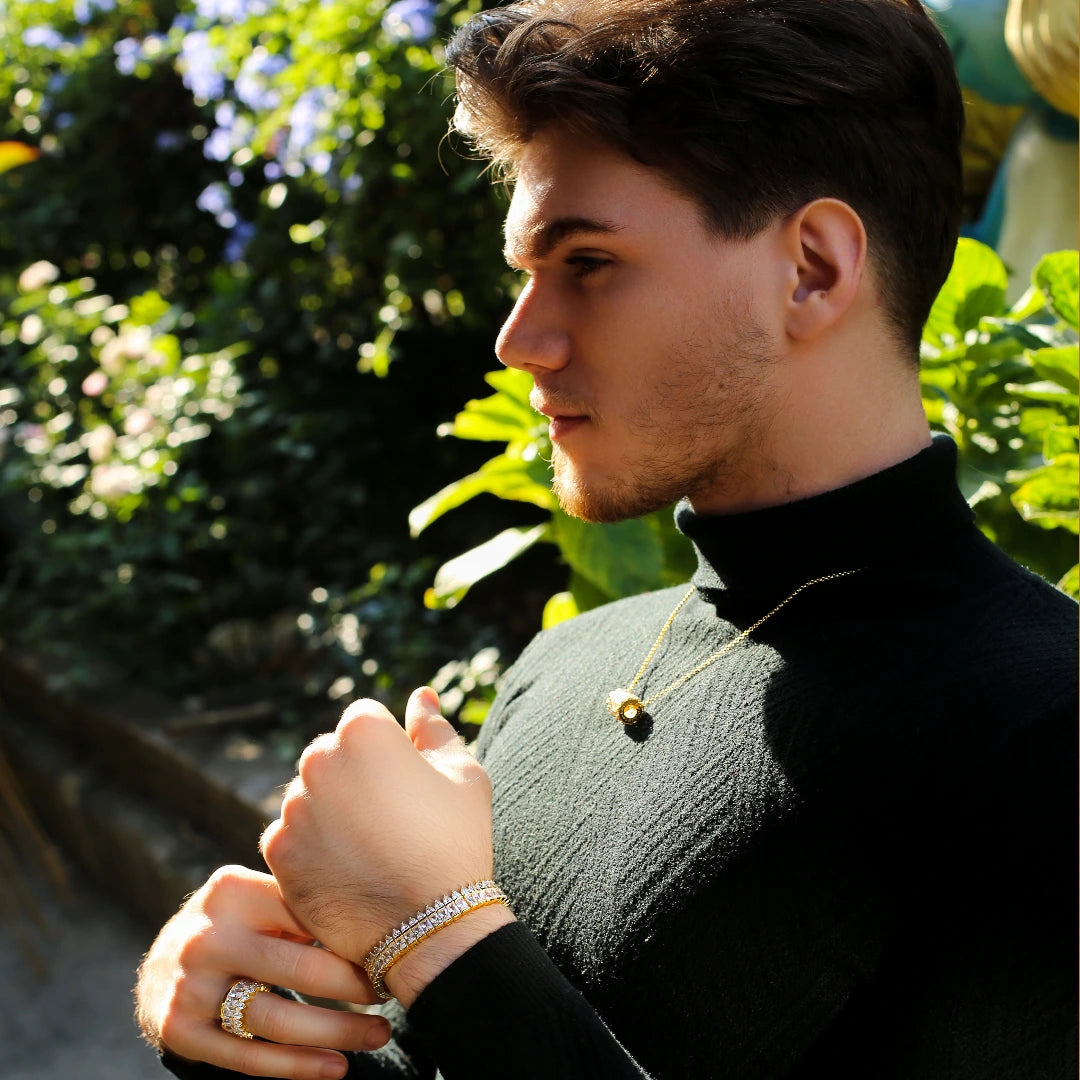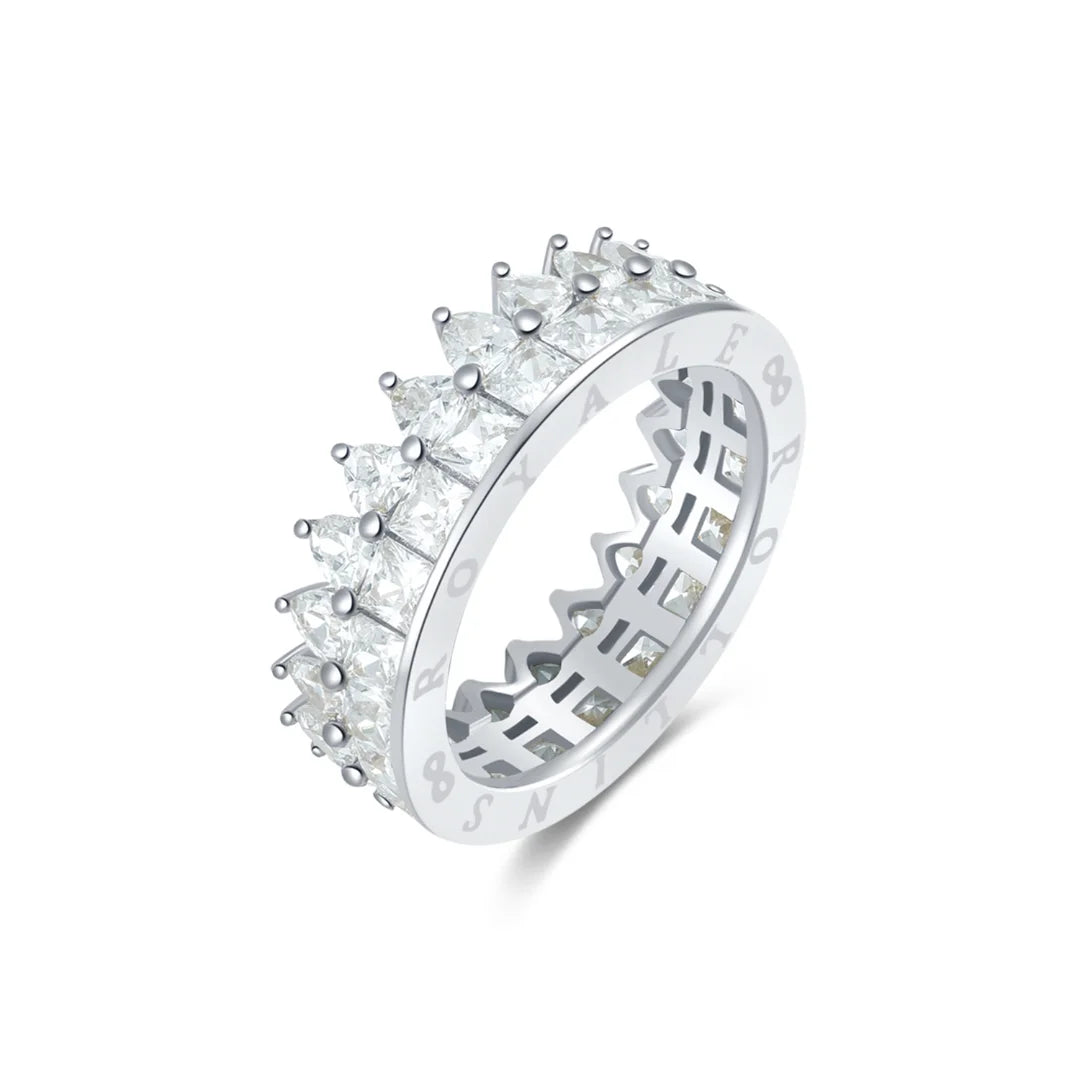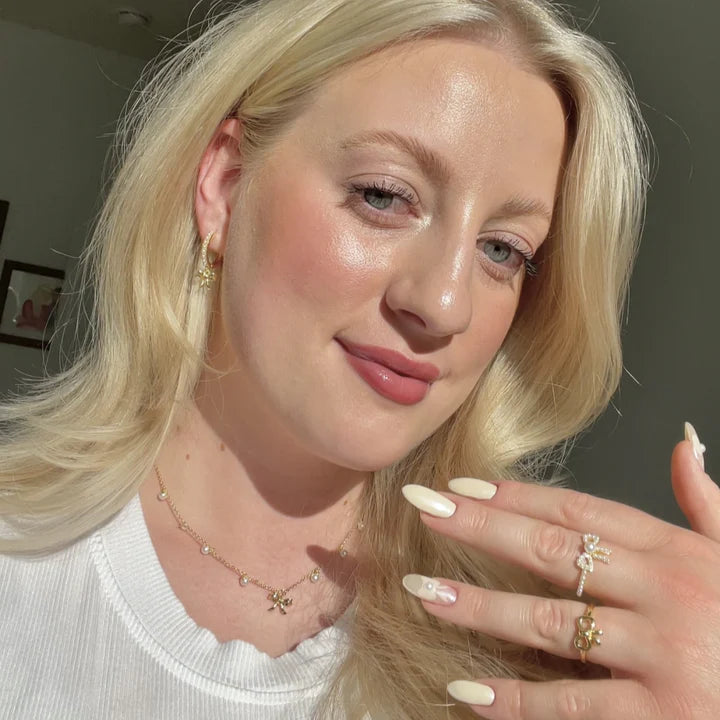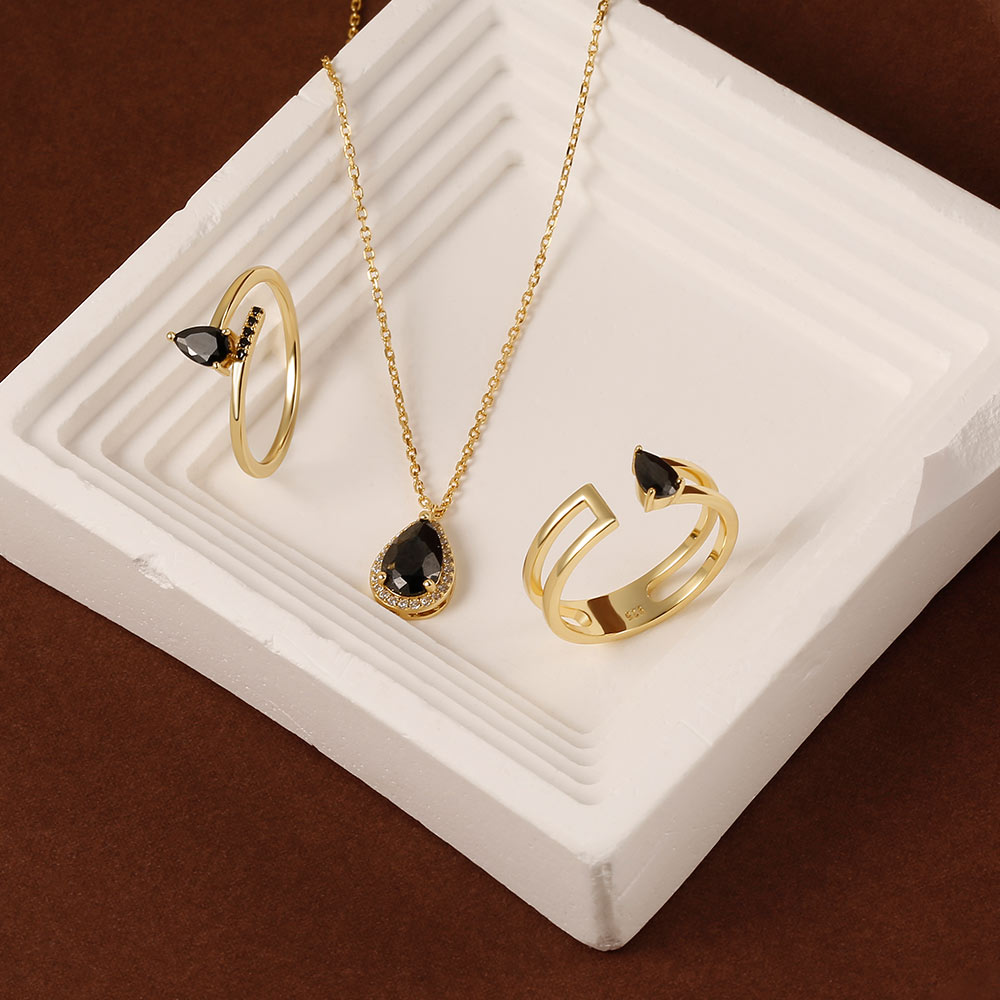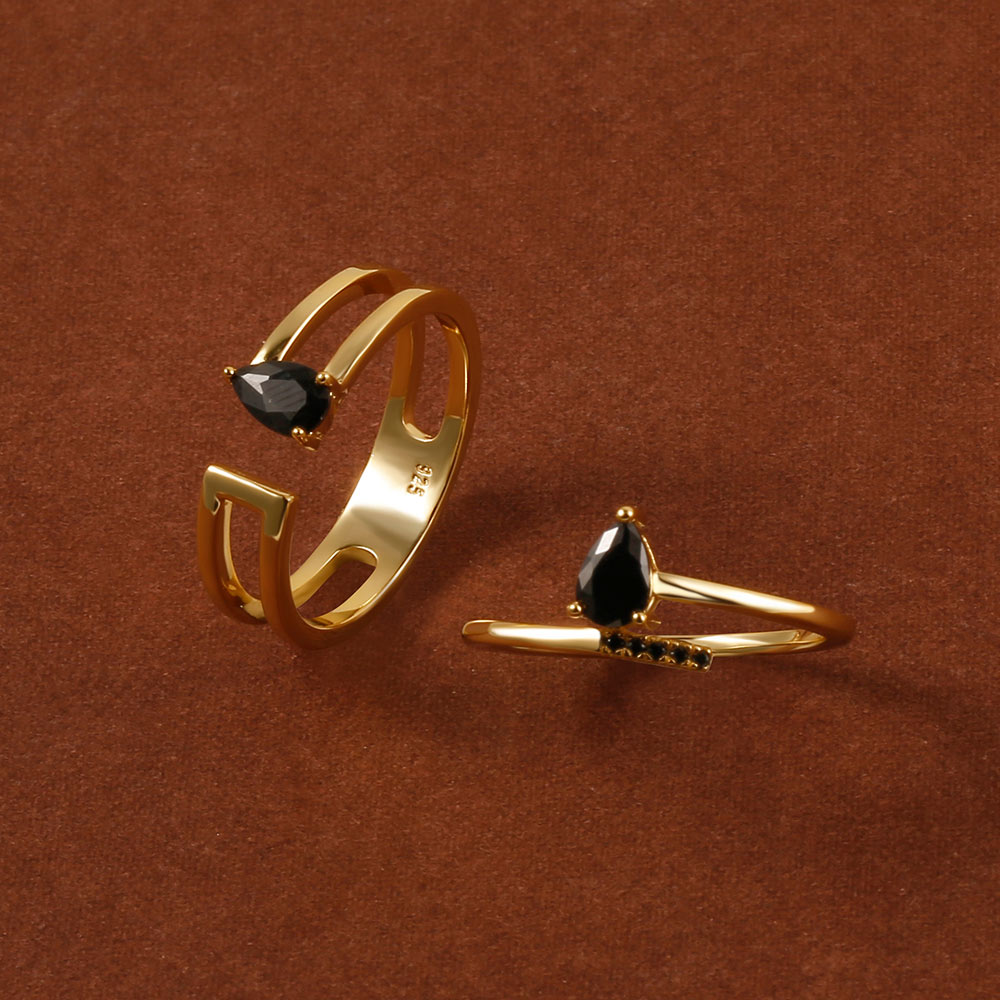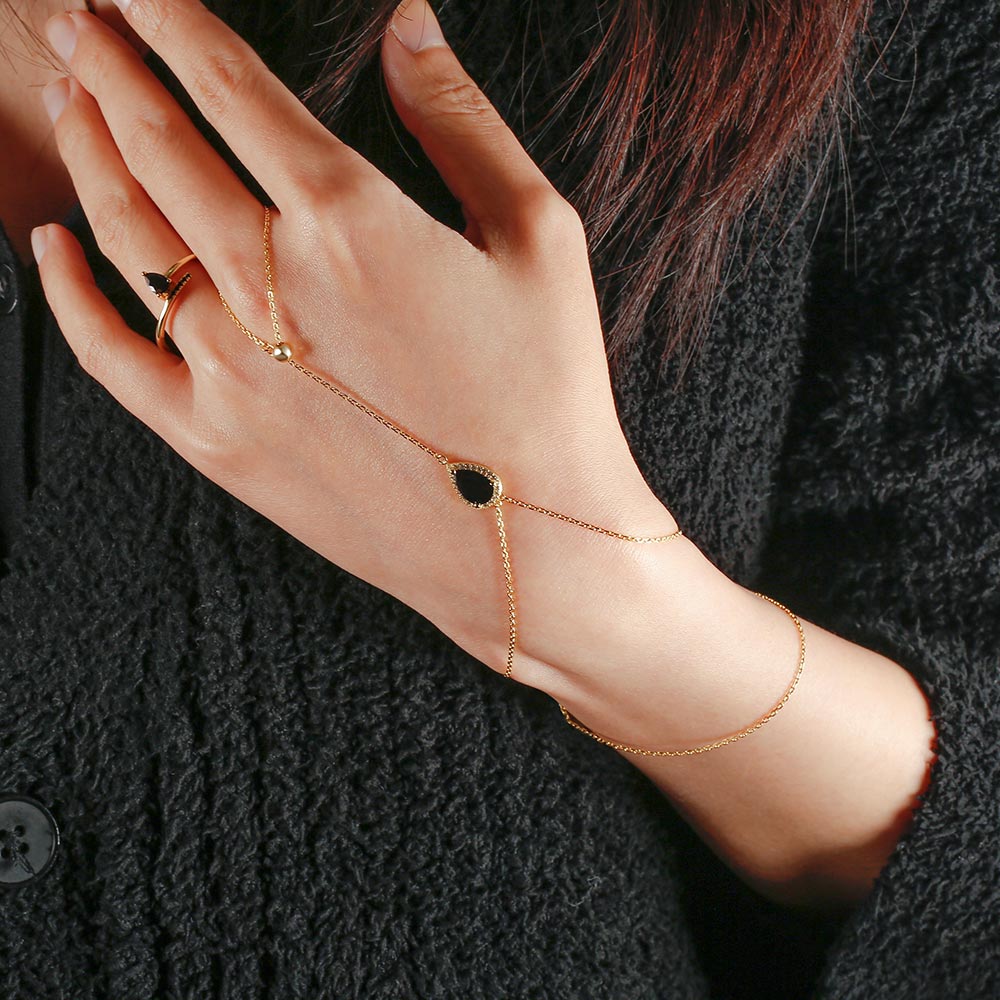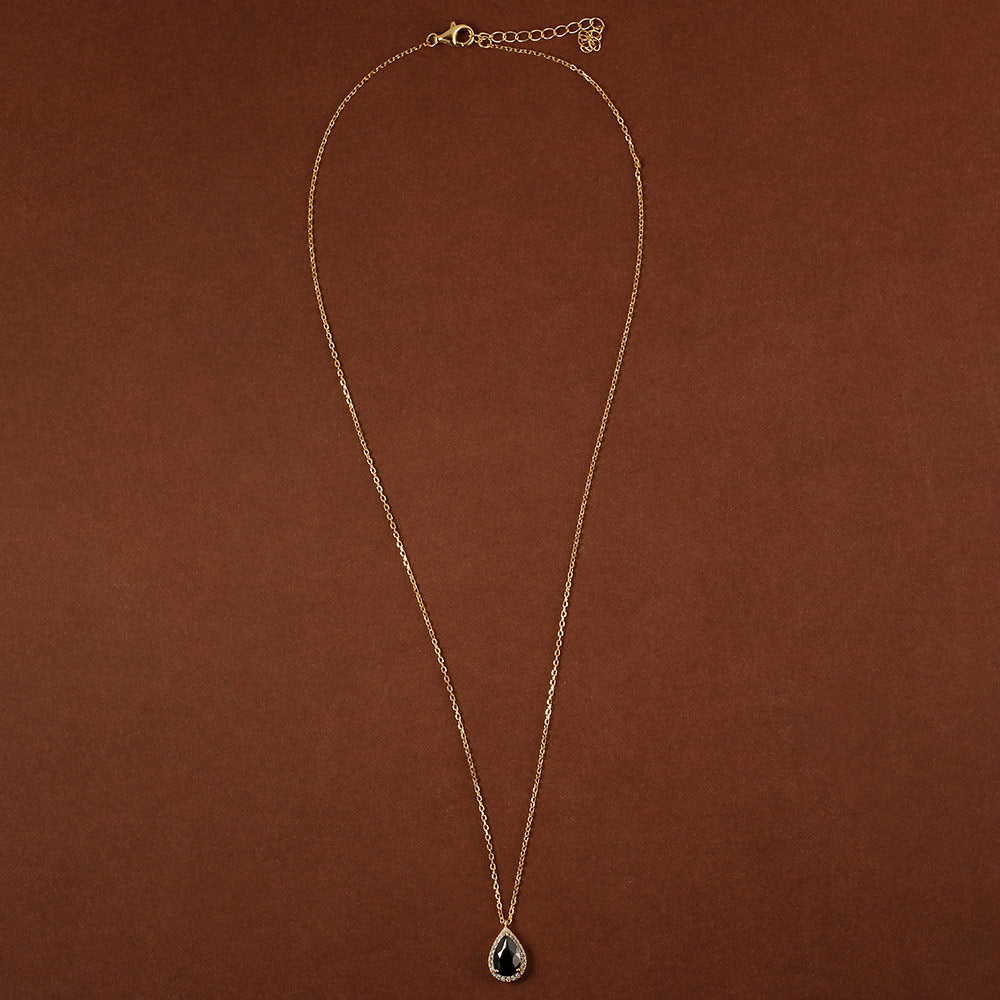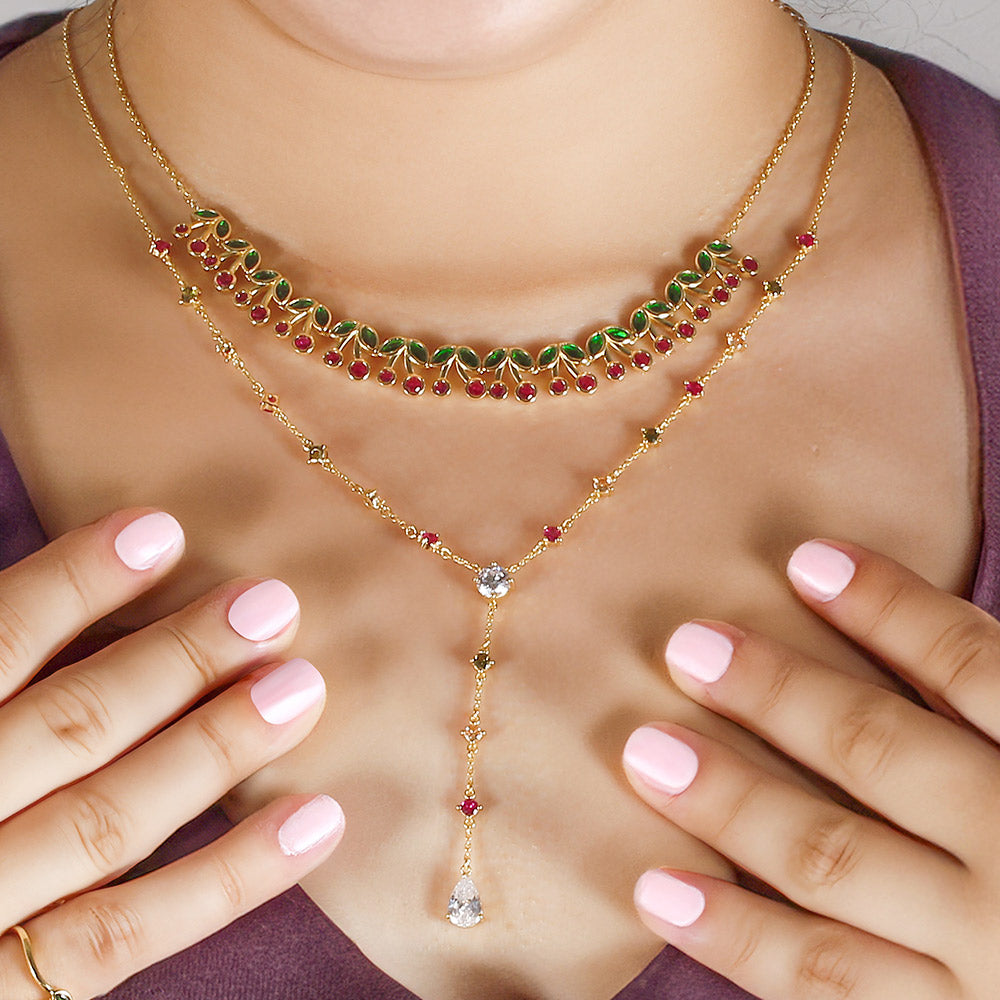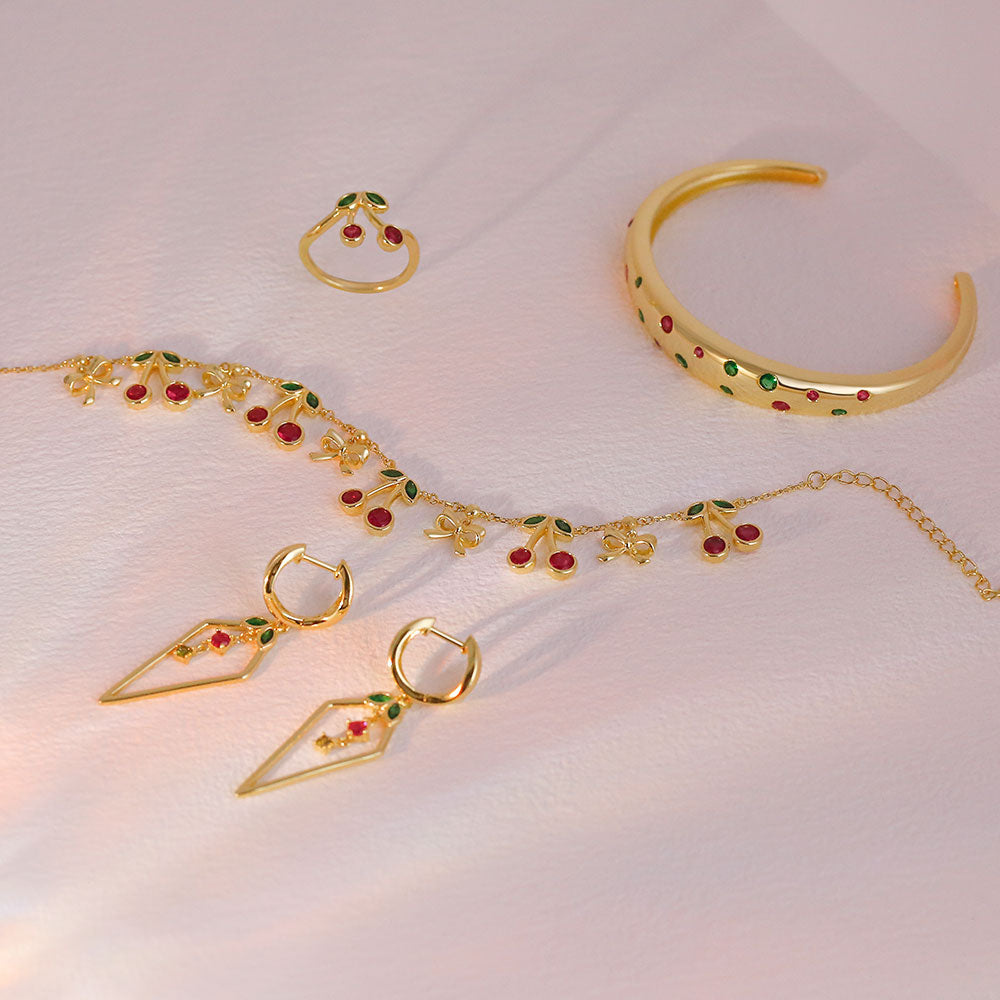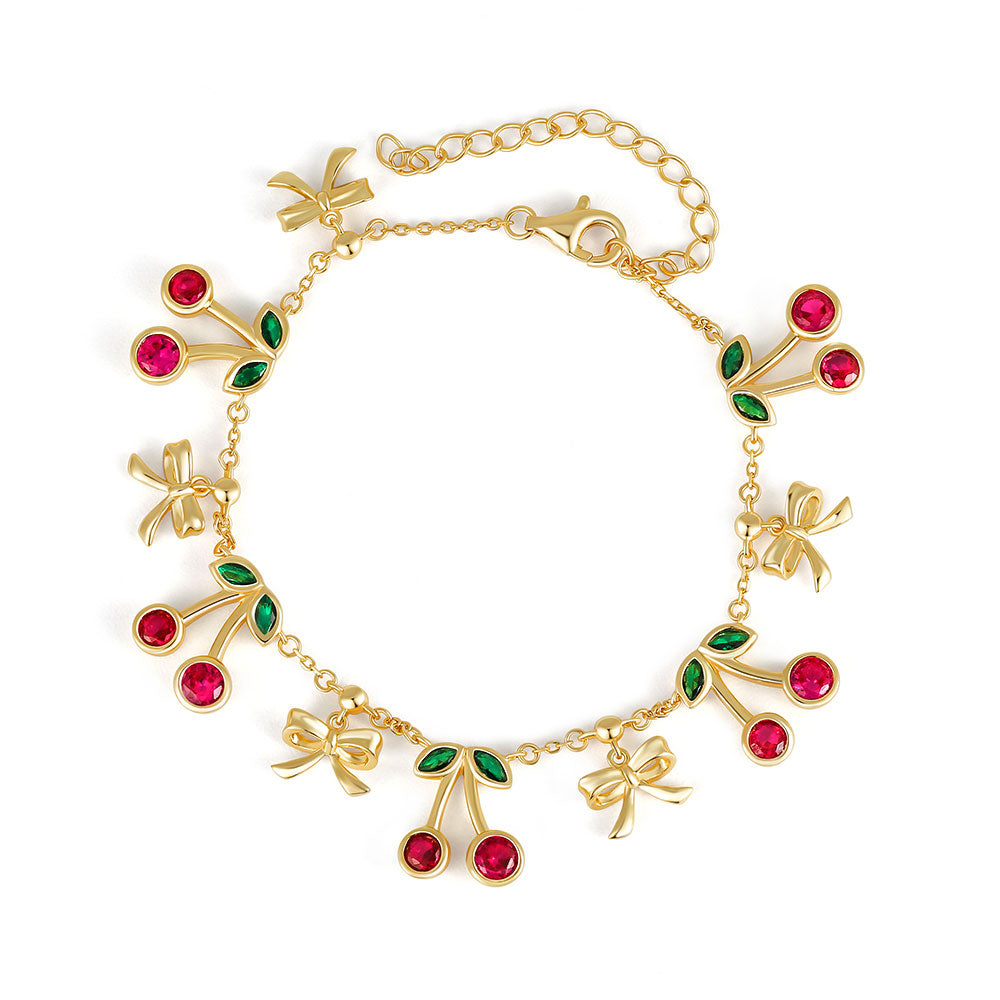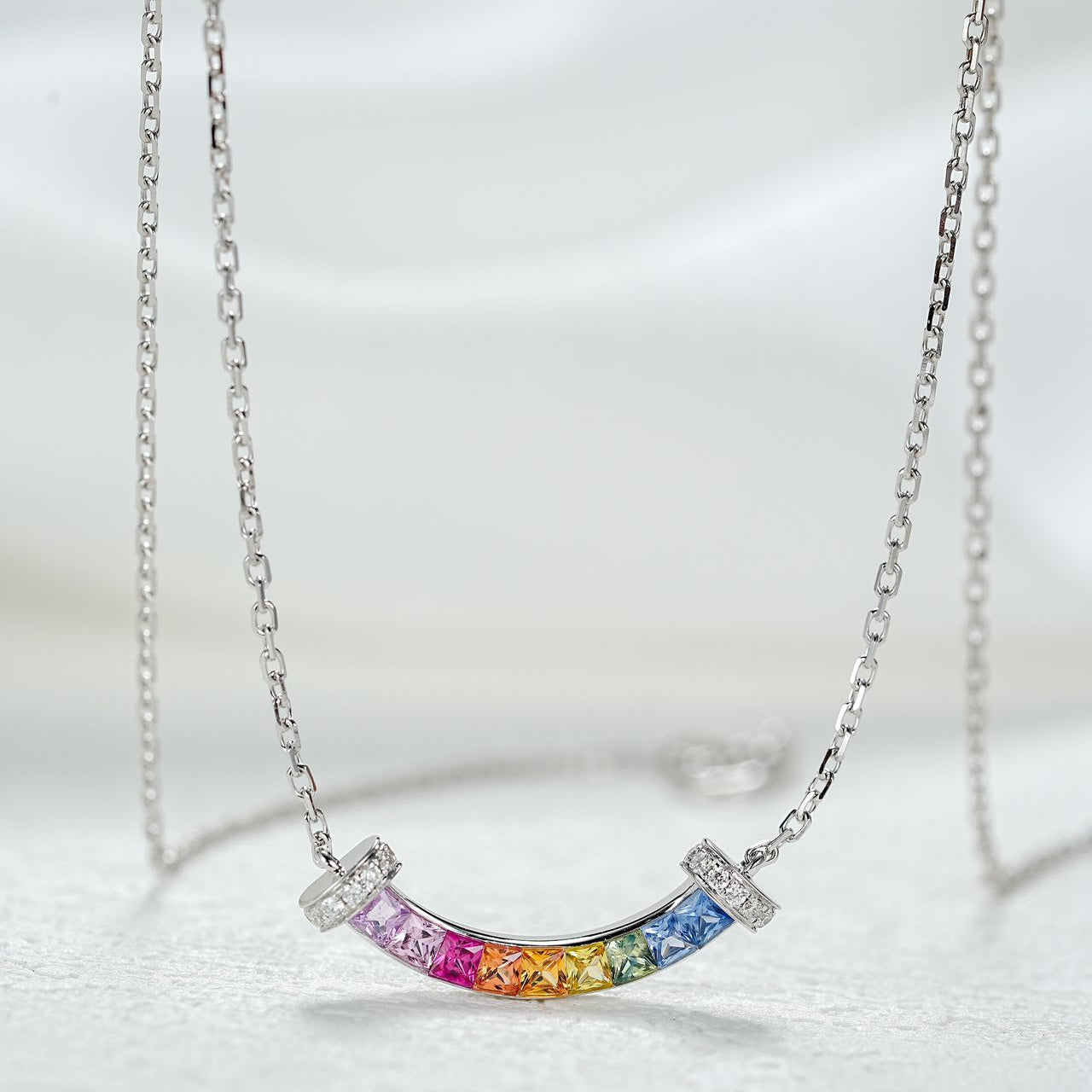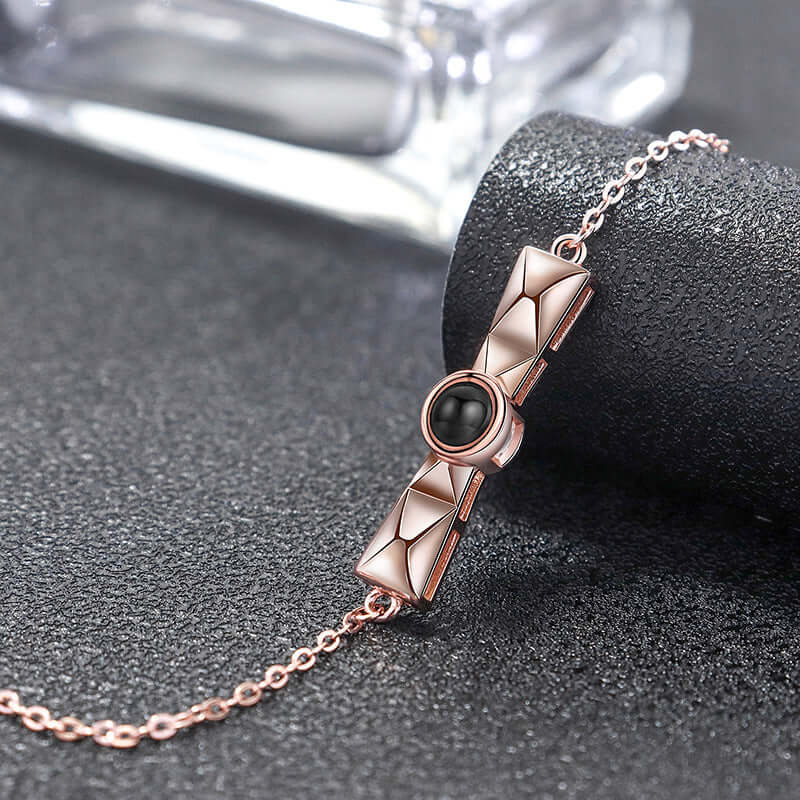Turquoise is a transparent or semitransparent blue to green mineral.
It's common and useful in higher grades, and it's been appreciated for thousands of years as a gemstone and ornamental stone.
Some medicine, imitation, and synthetic gemstones are now on the market which has made turquoise much cheaper.
TURQUOISE PROPERTIES
The finest of turquoise, or slightly more than window glass, has a Mohs hardness of about 6.
Turquoise is usually a cryptocrystalline mineral, and it is not usually found in single crystals. All of its characteristics are highly variable.
X-ray diffraction analysis of the triclinic crystal structure proves to be orthorhombic.
There are many types of turquoise gemstones, ranging from opaque to translucent and everything in between. Typically, it is waxy to sub vitreous, and its transparency is usually opaque, but in thin parts, it may be semitranslucent.
Copper’s ability to change color is a result of its chemical makeup. The blue in copper is due to an impurity called aluminum that replaces copper. Green can be due to either the absence of water and/or the presence of iron, although this will not explain why there are different shades of blue.

HOW IS TURQUOISE FORMED?
Turquoise is a secondary mineral that forms around an active area on the Earth's surface. It forms as a result of the interaction of acidic aqueous solutions and pre-existing minerals.
For example, copper may come from main copper sulfides like chalcopyrite or secondary carbonates like malachite or azurite; aluminum may come from feldspar; and apatite phosphorus.
Turquoise is a typically greenish-blue mineral, found mostly in arid and semi-arid regions of the world. It's typically encrusted in limonitic rocks and is usually found in places with strong wind, as well as with volcanic activity.
Copper sulfide is almost invariably combined with turquoise in weathering products used in or around potassium feldspathic intrusives in the southwestern United States.
Potassium aluminum sulfate is a prominent secondary mineral in some cases of alunite. Typically turquoise mineralization is limited to a comparatively shallow depth of fewer than 20 meters (66 feet), although it occurs in deeper fracture areas where secondary solutions have higher penetration or water table depth is higher.
Turquoise is almost always cryptocrystalline and huge and requires no clear internal form. Crystals are exceedingly uncommon even on a microscopic scale. Typically the shape is in the habit of filling vein or fracture, nodular or botryoidal. Forms of stalactites were recorded. Feldspar, apatite, other minerals, or even fossils can also be pseudomorphically replaced by turquoise. Odontolite is a fossil bone or ivory traditionally believed to have been changed by turquoise or similar minerals of phosphate such as iron phosphate vivianite.
TURQUOISE COLOR
Blue Turquoise
The most prized turquoise color is an even, intense, medium blue, sometimes called robin’s egg blue or sky blue in the trade. The traditional source for this color is the Nishapur district of Iran, so you'll hear it described as “Persian Blue,” whether or not it was actually mined in Iran.
Green Turquoise
Most people would prefer turquoise with a green to greenish-blue color, but it depends on your personal preference.
There are many contemporary designers who are looking to explore the world of color and its possibilities.
TURQUOISE PATTERN
Turquoise can be semitranslucent to opaque, with a color that usually ranges from light to medium blue or greenish-blue.
It’s often marked with brown, splotchy spots.
It has several veins of matrix running through it.
This material is called "spiderweb turquoise" and it contains thin seams of material that look like the webbing of a spider.
The most valuable turquoise is a blue with the ability to take a good polish. There is not much of this available today.

HADRNESS AND TOUGHNESS
Gem and mineral hardness are measured on the Mohs scale.
The easier a mineral is to scratch, the higher its number in this order.
But the Mohs scale is deceptive. The steps between the minerals are not evenly spaced.
For example, a diamond is only one number away, but it’s many times harder.
TURQUOISE CUT
Turquoise is most often cut as a cabochon. It has a smooth, rounded dome shape that sets it off brilliantly.
The most common shape for turquoise jewelry is the bead. It comes in round, oblong, or flat forms. It’s a gemstone made from smelting raw materials.
You can find top-quality blue turquoise that is carved with an inscription from the ancient Persian Empire. It's inlaid with gold, which lends the stone its brilliant blue color.
Lower-quality material may be tumbled into smaller pieces called "nuggets".
TURQUOISE CARAT WEIGHT
Turquoise is a gemstone that’s cut into carats, and five carats equals one gram.
Turquoise is available in a wide range of colors.
Carved and polished Native American Indian beads and pieces of turquoise make excellent jewelry, and any size of the stone is suitable for carving.
There is little doubt that color is the most important value factor.
Turquoise, the captivating sea green stone of the ancients, symbolizes wisdom, tranquility, protection, good fortune, and hope.
It's believed that ancient peoples held this stone in their hands for protection, and it's said to bring everlasting love.
These crystals are known for their representation of wisdom, tranquility, and protection.

ANCIENT BELIEFS ABOUT TURQUOISE
Indigenous Peoples
Early Native American tribes placed great importance on the bluestone.
Shamans associated the stone with the god of the sky, and the stone was used as a conduit between heaven and Earth.
Specifically, these scientists used it to channel the healing energies of the cosmos.
It was said to protect warriors who wear it. Blue-green agate also helps one get over life's difficulties and move forward.
For example, the Apache Indians used turquoise to make amulets and charms.
In some tribes they used the stones to decorate their arrows, believing that the stones improved aim and accuracy.
Indeed, both the Lakota-Sioux and the Navajo used sea-green stones to help the earth's clouds break free of their mists and misty blanketings.
This ritual invited the rain god to send heaven's waters to earth.
The majority of the southwestern tribes wore turquoise as protection from harm, illness, and negative energy.
Shamans, for many thousands of years, have also been used in healing rituals.
The Turks & Persians
It's amazing how much we know about history and archaeology. You've probably heard about how the ancient peoples of Turkey and Persia cherished the blue and green jeweled objects they created, as they did the precious metal and the gold objects.
Indeed, the Turks and Persians also believed in the power of the bluestone, which is why they used it to ward off evil.
These mystical treasures were worn by many legendary heroes, including King Arthur.
They wore them to decorate their weapons, armor, and horses' bridles and saddles.
When the Spanish Armada attacked England in 1588, many members of the Spanish nobility and their personal attendants wore small boxes, called sombreros de turquesa, on their hats, which were made of turquoise, that helped to ward off.
To them, the water stone offered a source of good fortune and happiness.
Eurasia
The greenstone worn by Greek maidens was a symbol of their purity.
In England, it was customary for maidens to give their lovers turquoise as a token of enduring love.
In Russia, the blue-green stones also symbolize love.
People often incorporate diamonds into their wedding rings. Q: How to make an image smaller than its natural size without altering its aspect ratio?
Meanwhile, in Tibet, the shifting of the stone from blue to green represented the cycle of life and death.
Because of that, it came to represent the process of developing wisdom.
WISDOM
Turquoise is the color that symbolizes wisdom and insight. It is believed that blue has a calming effect and therefore calms our thoughts.
You'll discover how to turn your passion for something into the next step, as well as how to plan for a successful transition.
In contrast to what many people might say, life itself has no beginning and no end. Each of us is, in fact, born at just the right time for a particular purpose in our lives.
When we understand that our strengths are part of the bigger picture and have been built upon by all of us, it helps us appreciate other people’s strengths.
We learn to see mistakes as learning opportunities and to use all our experiences to make a positive whole.
This, in turn, allows us to help others navigate their lives with the wisdom of our own experiences.
The power of turquoise enhances trust, kindness, and understanding, so it helps us let go of justice and embrace forgiveness.
Forgiving ourselves and others is the way to be more accepting of the positives and the negatives in life. This will help you to open up to people in a healthy way, which will help your relationship with them.
TRANQUILITY
Turquoise is a stone that conveys wisdom and provides calm energy.
The ancients believed the sea-green stone connected heaven to Earth.
These are good stones to ground yourself. They represent a source of power and a connection to your ancestors.
When you are properly grounded, you make decisions out of a union of emotion, intuition, and reason.
If you’re in this state of balance and inner harmony, you’ll radiate serenity and tranquility.
Life is full of challenges that arise out of the circumstances that life gives us. We often don't know the outcome before we act.
Negative thought patterns are harder to discover than positive ones.
We discover creative solutions to seemingly impossible problems simply and easily as we spend time in meditation and reflection.
You're ready to make a real change in your life.

PROTECTION
No other color quite embodies the healing qualities of the color blue as does turquoise.
In fact, the blue mineral remains a talisman of protection for horses and their riders.
In addition, aviators and those who travel by air often wear turquoise jewelry as a means of protecting themselves, but it also helps them to feel more courageous.
People have believed the sea blue mineral protects them no matter what kind of travel they do.
By sea, by land, or by air, turquoise helps you stay on schedule. It provides smooth sailing, safe travel, and a successful trip.
CLEANING
Turquoise jewelry can be safely cleaned with warm, soapy water. However, it should never be cleaned with steam or ultrasonic cleaners.
Turquoise is a kind of gemstone that is enhanced in color by heating.
Heat and solvents can be dangerous to any surface that isn't completely dry.



